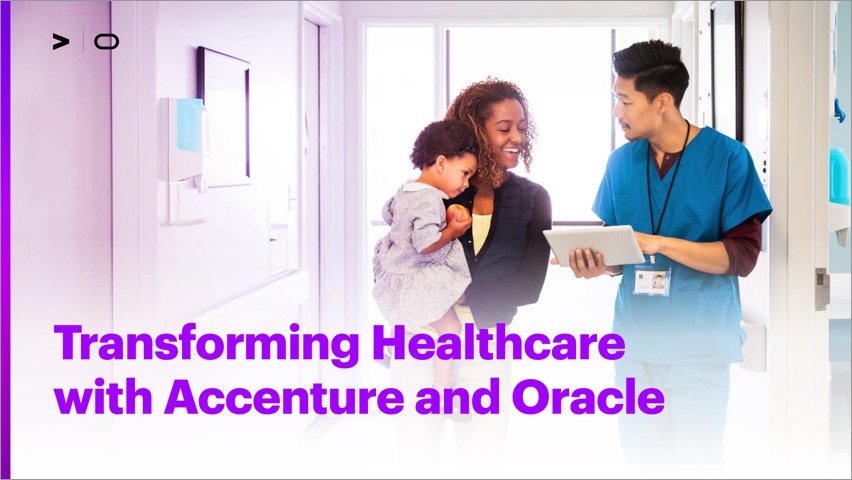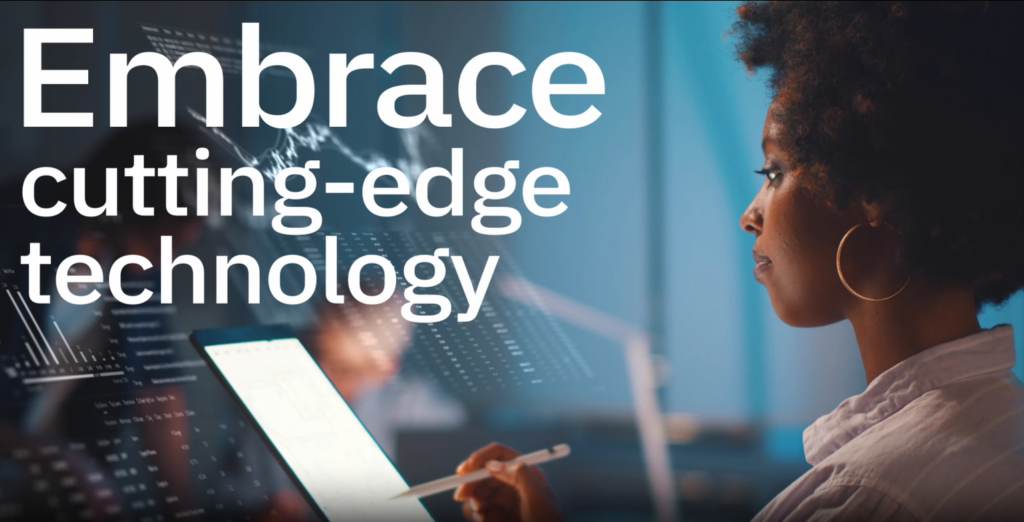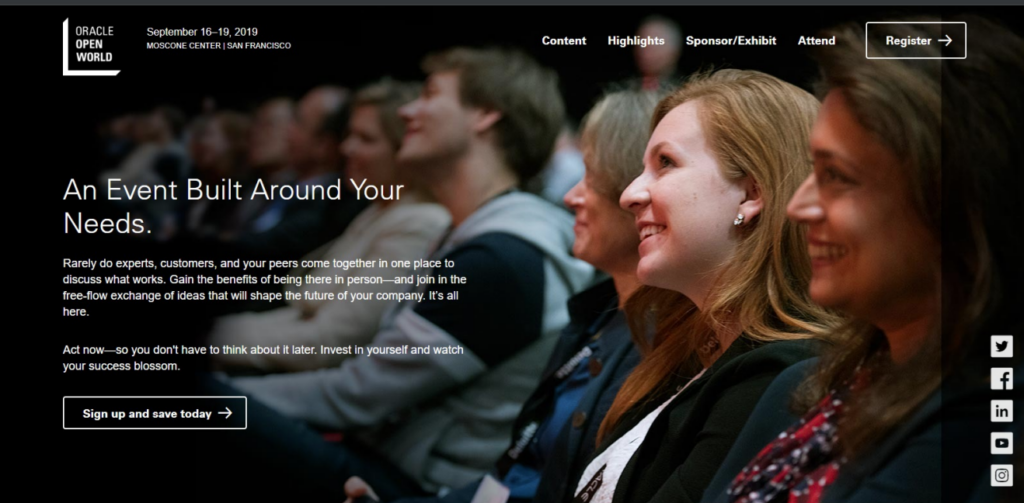The Secret to Successful Tech Events:
Enterprise Storytelling
Engaging tech audiences before, during and after your event
Tech industry events go far beyond product demos, solution showcases and networking lunches. A great tech event — whether in-person or virtual — offers unmatched opportunities to deepen relationships and explore new business with your target tech buying audience.
Attract and captivate your audience by weaving a compelling narrative into all your event content through the power of enterprise storytelling. Throughout the event experience, from pre-event marketing materials to on-site content, your story plays a critical role in attracting attendees, fostering engagement and, ultimately, driving business outcomes.
5 best practices for weaving enterprise storytelling into your event marketing plan
Here are a few tips we’ve developed over the years for bringing the magic of storytelling to work for your in-person or virtual event marketing content:
1
Tailor your story to the event. Not all events are created equal. A flagship industry conference requires a higher-level, thought leadership narrative compared to a smaller, product-specific workshop, which may require a more technical perspective.
- First, understand the event’s purpose and target audience. Is it about establishing thought leadership, launching products and educating consumers, or driving collaboration with your partners?
- Once you have this foundation, tailor your story to align with the purpose of the event.
- For example, when showcasing a new security solution at a cybersecurity conference, you’ll want to craft a narrative that highlights the ever-evolving threat landscape, security challenges faced by your target audience and how your solution leads to real-world benefits and resilient outcomes.
2
Tell a unified story across all touchpoints. Imagine that you read an email promoting an upcoming event that shares a captivating story about the company’s commitment to sustainability. Imagine your disappointment when you visit their booth at the event and encounter a generic sales pitch and no mention of sustainability in any of their collateral. For maximum impact, ensure that your enterprise story is consistent across all content touchpoints.
- For your pre-event marketing materials like website landing pages, email invitations and social media teasers, you’ll want to include the same narrative thread, building anticipation and excitement.
- For content used on-site at your event like presentations, booth displays and interactive elements, you should reinforce your core story, providing different ways for attendees to engage with your brand narrative.
- After your event ends, you’ll want to remind attendees of your continued commitment and further developments that customize your story to their needs and challenges.
3
Put your audience at the center of your event story. Tech buyers and partners are looking for solutions that address their specific needs. Focus on the impact and benefits your products or services have on your audience, always connecting your offerings back to your target audience to build their trust and win their confidence.
- Consider how your story addresses their challenges, and how your solutions and offerings improve their work or fuel their success.
- For example, at a manufacturing conference, your story might focus on empowering attendees to achieve efficiencies through automated workflows and data-driven insights.
- Success stories from satisfied clients woven into your presentations and interactive demos at your booth personalize the benefits of your solution to each attendee’s use case.
4
Create an immersive experience. Don’t limit your storytelling to static presentations. Your booth can host dynamic content that creates an immersive experience for attendees.
- Interactive touchscreens, augmented reality experiences and other UX capture attendees’ attention and bring your story to life.
- Infographics, data visualizations and videos communicate complex information in easily consumable, memorable ways.
- Hosting fireside chats with industry leaders, customer panels or interactive workshops helps attendees — and potential customers — delve deeper into your narrative and learn about your solutions first-hand from trusted experts.
5
Don’t forget about post-event attendee engagement. Your event doesn’t end with your closing keynote. Extend the life of your enterprise story by following up with attendees to continue growing your relationship.
- Share presentations, session recordings and follow-up resources that reinforce your narrative, keeping your brand top-of-mind for attendees.
- Strategize additional ways to make the most of your event content, such as repurposing your event sessions into blog articles, videos and social media tips.
- Leverage data collected during your event to send personalized emails, offering more information on your attendees’ interests and geared toward their needs to nurture them along the buyer’s journey.
Event marketing case studies: StoryOne in action

Dell and EY partner on cyber resilience at Dell Tech World
Dell Technologies World is Dell’s annual showcase of hardware advancements, key partnerships and innovative technologies that accelerate customer transformation. With our StoryOne storytelling process, Dell and EY were able to present their joint intelligent cyber resilience platform across a series of assets used before, during and after the event. A blog promoted the alliance and introduced the solution to audiences prior to the event, a video was shown at the EY event booth to attract attendees, and social tiles were used post-event to further engage attendees and continue the story of cyber resilience.
Oracle and Accenture exhibit healthcare transformation at HIMSS
The HIMSS Global Health Conference & Exhibition connects healthcare and technology to create ideas that will inspire the future of health. Oracle and Accenture created a number of assets for use before, during and after the event to convey its healthcare transformation story, including:
- Landing page: Transforming Healthcare with Oracle
- Solution brief: Transforming Healthcare with Accenture and Oracle
- Video: Accenture and Oracle Transforming Healthcare


IBM and Oracle demonstrate joint innovation at IBM Think
IBM’s Think event brings together its global partner ecosystem with senior business and technology leaders across industries each year for collaboration, information-sharing and innovation. StoryOne was put to work to create a video defining the partnership between IBM and Oracle for this key event. Used at the booth to attract attendees, increase their understanding of the alliance and its offerings, and tell the story of joint innovation, the video was also repurposed into a shorter cut for social media sharing after the event.
See how the video came together for the event using StoryOne.
Watch the social video cut.
Oracle OpenWorld, differentiated with enterprise storytelling
Oracle OpenWorld, the precursor to Oracle CloudWorld, was the yearly event for attendees to learn about Oracle products and upcoming releases, connect with experts and other Oracle users, and gain best practices to get more out of their products and applications. Our StoryOne process helped Oracle create compelling content for its biggest in-person event of the year, including:
- Home page: An Event Built Around Your Needs
- Entertainment: CloudFest with John Mayer
- Speakers: Learn from the Boldest and Brightest
- Keynotes: Eddie Izzard
- Ads: Right here. Right now.
- Email: Better Customer Experiences

Ready to bring enterprise storytelling to your event marketing content?
At McLellan Writing Team, we partner with you to craft compelling narratives that capture attendee attention and drive results. We’ll help you develop a strategic content plan that weaves your brand story throughout every touchpoint, from pre-event buildup to post-event engagement.
Get started: Connect with us to begin brainstorming marketing ideas for your next tech event.